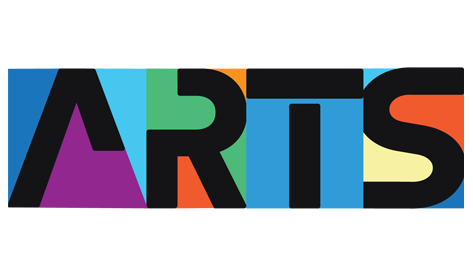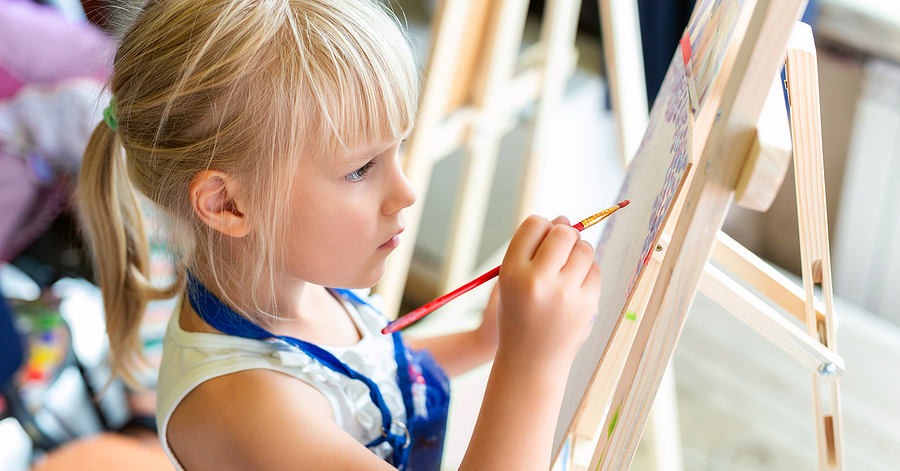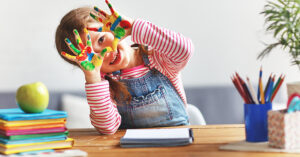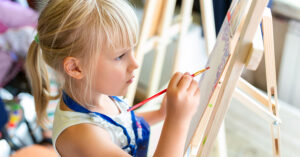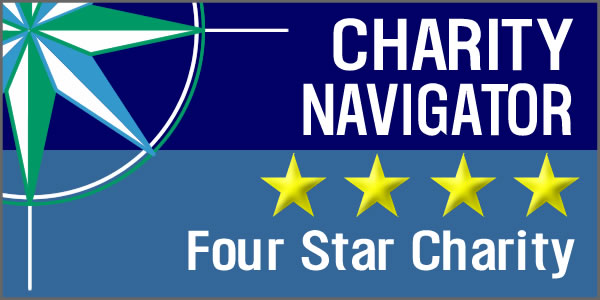In the early years of life, children are developing at a remarkable pace—emotionally, physically, socially, and cognitively. These foundational years shape how they learn, express themselves, and relate to others. That’s why it’s essential to incorporate well-rounded learning experiences that engage the whole child.
One of the most impactful yet often underestimated components of a child’s education is art. The importance of art in early childhood education cannot be overstated—it supports brain development, fosters emotional well-being, and builds key academic and social skills.
Why Art Matters in Early Childhood Development
Cognitive Growth and Brain Development
When young children engage in artistic activities, they activate both sides of the brain. The left hemisphere—responsible for logic, sequencing, and analytical thinking—comes into play when children recognize patterns, plan a composition, or follow steps in a project. Meanwhile, the right hemisphere—home to creativity and imagination—is sparked by free expression through painting, sculpting, or drawing.
This dual activation strengthens neural pathways and enhances memory retention, spatial reasoning, and problem-solving skills. Studies have shown that early artistic experiences can even contribute to improved academic performance in subjects like math and science later in life.
Motor Skills and Coordination
The simple act of holding a crayon or using safety scissors can help children build fine motor skills. Artistic tasks like gluing, cutting, painting, and molding clay improve hand dexterity and coordination.
- Fine motor development: Activities like threading beads or coloring within the lines train small muscle movements.
- Hand-eye coordination: Guided drawing and copying shapes help children align their vision and motor responses.
These physical skills are essential for tasks like writing, using utensils, and tying shoes.
Language and Communication Skills
Art offers a non-verbal language for children to express thoughts and emotions when they may not yet have the vocabulary to do so. As children grow more comfortable with artistic expression, they also gain confidence in verbal communication.
- Vocabulary development: Children learn new terms like “shade,” “texture,” and “contrast.”
- Storytelling: When children describe their artwork or narrate scenes they’ve drawn, they’re practicing sequencing and descriptive language.
Art invites children to be both the narrator and illustrator of their own stories, enhancing their communication skills in meaningful ways.
Emotional Intelligence and Self-Expression
Children are naturally emotional beings, and art provides a safe and constructive outlet for expressing big feelings. Through drawing, painting, or music, they can process joy, fear, frustration, and curiosity.
- Confidence building: Completing an art piece gives children a sense of accomplishment and pride.
- Empathy and self-awareness: Collaborative projects help children recognize and respect the perspectives of others.
Art nurtures emotional growth by validating self-expression and teaching children to understand and regulate their feelings.
Social Development Through Artistic Activities
Building Peer Relationships
Group art activities promote cooperation, patience, and understanding.
- Sharing supplies fosters generosity and negotiation skills.
- Working side by side allows children to appreciate diversity in style and perspective.
- Giving and receiving compliments on each other’s work encourages positive reinforcement and self-esteem.
Encouraging Collaboration and Teamwork
From collaborative murals to musical performances, group art projects require communication and compromise. Children learn how to listen, share ideas, and contribute to a collective goal while still retaining their unique creative voice.
Supporting Early Learning Standards Through Art
Integrating Art with Core Subjects
Art supports core academic areas in imaginative and concrete ways:
- Math: Children explore geometry through shape-based projects and understand measurement through proportional drawing.
- Science: Mixing colors teaches cause and effect, while natural textures introduce biology and ecology concepts.
- Literacy: Drawing scenes from stories deepens comprehension, while letter and word collages support phonics development.
Aligning with Early Childhood Curriculum Goals
Many early childhood programs include creative expression as a core domain of learning. Through art, children build:
- Cognitive skills (problem-solving, analysis)
- Physical coordination (fine motor control)
- Language skills (listening, speaking, vocabulary)
- Social-emotional growth (self-awareness, empathy)
Role of Parents and Educators in Facilitating Artistic Exploration
Creating a Supportive Art Environment
Young children thrive when given the freedom to explore and create. Parents and educators can:
- Provide diverse materials such as paint, clay, paper, recycled items, and musical instruments.
- Designate a dedicated art space that’s safe, accessible, and inviting.
- Offer ample time for exploration without pressure for perfection.
Encouraging Process Over Product
Instead of focusing on how the final artwork looks, it’s vital to celebrate the process:
- Ask open-ended questions like, “What were you thinking about while you made this?”
- Avoid correcting or redoing children’s art to preserve their creative confidence.
This process-oriented approach encourages risk-taking, experimentation, and persistence.
Offering Consistent Opportunities for Creative Expression
Make art a regular part of the day. Whether through structured art lessons or free creative play, routine engagement deepens skill development and instills a lifelong love for the arts.
Real-World Applications and Long-Term Impact
Fostering Lifelong Creativity and Innovation
The skills nurtured through early artistic experiences—curiosity, resilience, open-mindedness—form the foundation for creative thinking. These traits are invaluable not only in the arts but in careers in science, engineering, education, and beyond.
Preparing Children for Future Learning
Children who are exposed to art in early childhood education tend to develop traits such as persistence, focus, and adaptability—qualities that are critical for academic and personal success throughout life.
How East End Arts Supports Art in Early Childhood Education
Programs and Workshops for Young Children
At East End Arts, we offer art and music classes designed specifically for children ages 3 to 6. Our experienced educators lead sensory-rich sessions that encourage exploration, imagination, and self-expression.
Family Engagement and Community Events
Our parent-child workshops and family art days give children the opportunity to create and perform alongside loved ones. These experiences help reinforce the role of art at home and in the community.
Collaborations with Schools and Childcare Centers
East End Arts partners with local schools to bring enriching arts education directly to the classroom. We also offer training and support for early childhood educators to integrate the arts into their curriculum more effectively.
Conclusion
The benefits of art in early childhood education extend far beyond crayons and coloring books. From brain development and emotional growth to academic readiness and social skills, the arts play a vital role in helping children reach their full potential.
Art is not just important in schools, but also within the community—and that’s where East End Arts comes in. By supporting and expanding arts programming for young learners, we’re helping to nurture a future generation of creative, confident, and compassionate individuals.
